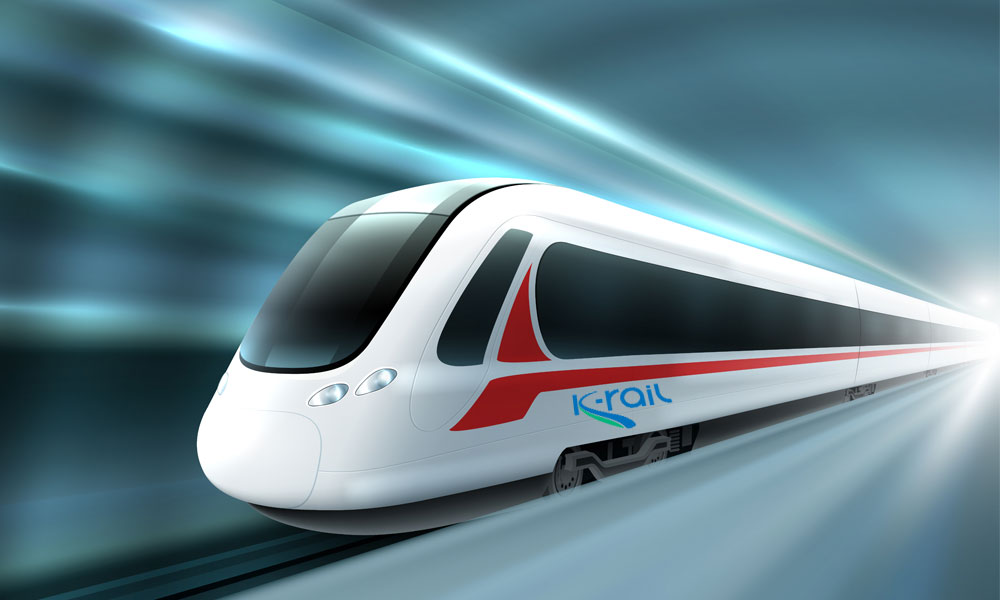Pros and Cons (Benefits and Concerns) of K-Rail Project
Left Democratic Front (LDF) government projects the Rs 66,000 crore high-speed railway line that promises to reduce the time for travel between capital Thiruvananthapuram extreme south with Kasargod in the north to only 4 hours.

The Silverline Project will allow for a two-line alternative rail route and will comprise 11 stations at critical centers. The current route between Kasargod and Thiruvananthapuram takes 12 hours, but the Silverline Project will reduce travel time to 4 hours with this new initiative.

Speed of K-Rail Silver Line Train
The new train route is said to have an increased speed of 200 km/hour, and to avoid “massive twists and turns”. Originally the state government had proposed that the new line would be constructed alongside the existing line, however, at many locations, it was found that this led to twists and turns.

The K-rail project, already approved by the NITI Aayog and the Railway Board, has sparked environmental and displacement-related concerns in the state. Experts have said that the project would require acquiring 1,383 hectares of land. Including wetlands, forest areas, backwater regions, residential areas with a high density of population, rice fields, and existing building spaces. The cost of environmental damage, thereby, would be huge.
The feasibility of acquiring 1,300 hectares of land for this project was estimated to cost Rs. 28,157 crores according to NITI Ayog’s estimation. Allocating funds from both Rail Finance Corporation (RFC), and the Kerala Infrastructure Investment Fund Board (KIIFB) helped make this project more feasible.
Findings of NITI AAYOG on K-Rail Project – Kerala Railway
- Tracks of Indian Railways (IR) based on a broad-gauge system. But the K-Rail Silver Line system is in Standard Gauge. Standard Gauge is narrower than broad gauge. This will have a weight impact on tracks. So, K Rail’s existing proposal need to be reviewed.
- Since the Silver Line is a single line standard gauge, goods movement through this will be less
- It is against the policy of Indian Railways that says “for goods movement, the whole country should have a uniform railway line.”
- The amount shown for acquiring land for the project looks lesser than the DPR rate

Findings of NITI AAYOG on K-Rail Project – Kerala Railway
- It says land acquiring will be done in 18 months. Since 33 percent of the project is passing through the city areas, the projected 18 months does not look like a practical one.
- Silver line is an isolated project. For such a project, support from the financially overburdened Indian Railways may not be interested nor willing to invest.
- Embankment needs to be at an 8-meter height. If it is lesser, the subway is the alternative. That may cause waterlogging issues.
- Being an isolated project, the Indian Railway will not invest or take interest in it. In case of loss-making, investors’ liability will not be absorbed by Indian Railway.
- Responsibility of Repayment of the loan will be fully on State Government’s shoulder.
- The current proposal of loan is through GICA. As per the contract, raw materials need to be purchased from Japan. This will have an expenditure increase. As per the submitted proposal, the figures look underquoted. The actual expenditure will be much higher than shown in the budget.
- Considering all the above factors, the actual expenditure will be approximately 126,081 Crore rupees. That means, contrary to the quoted expenditure of 121 Crore Rupees per kilometer, the actual will be INR 238 Crores per kilometer.
Pros and Cons (Benefits and Concerns) of K-Rail Project